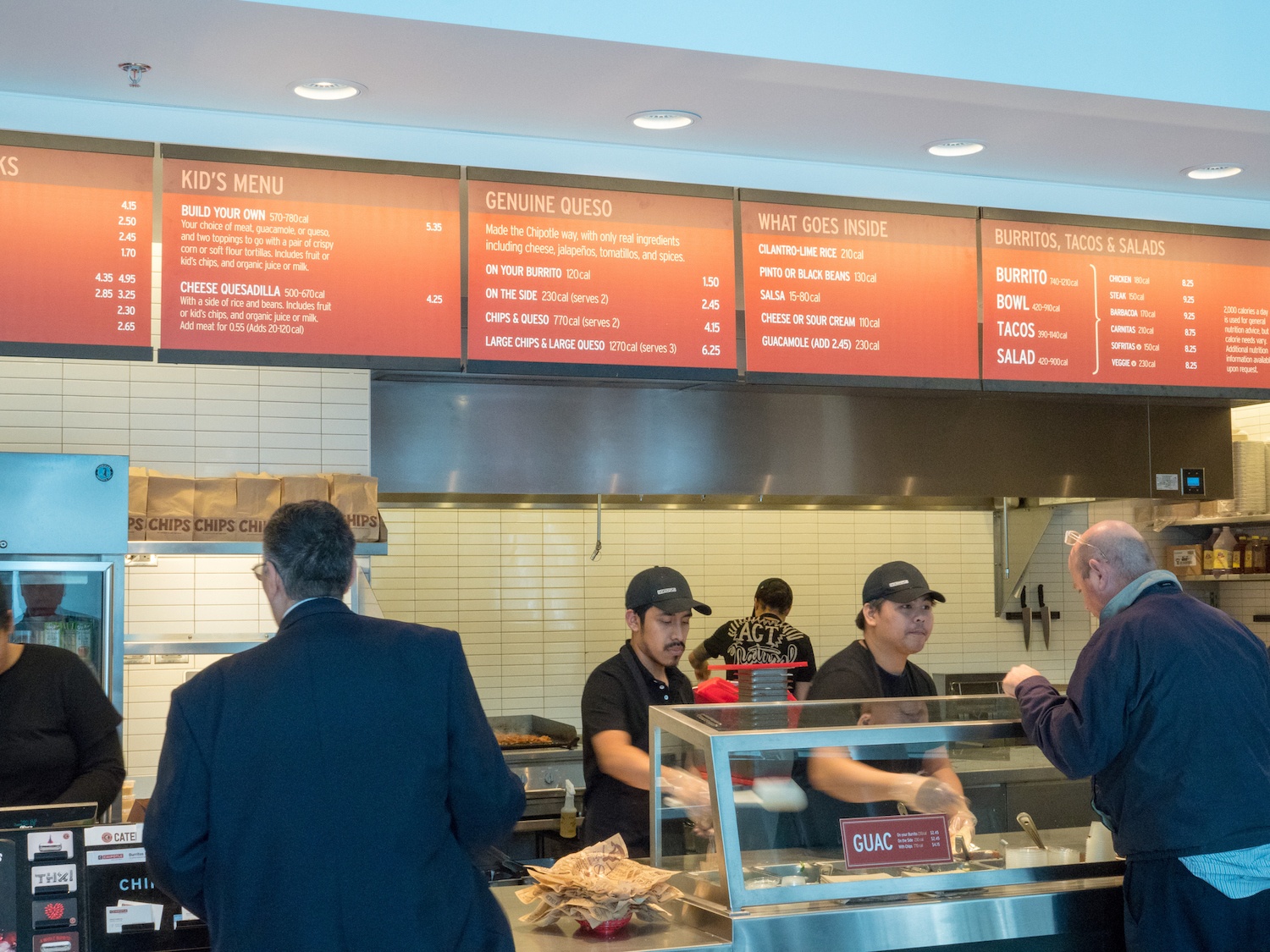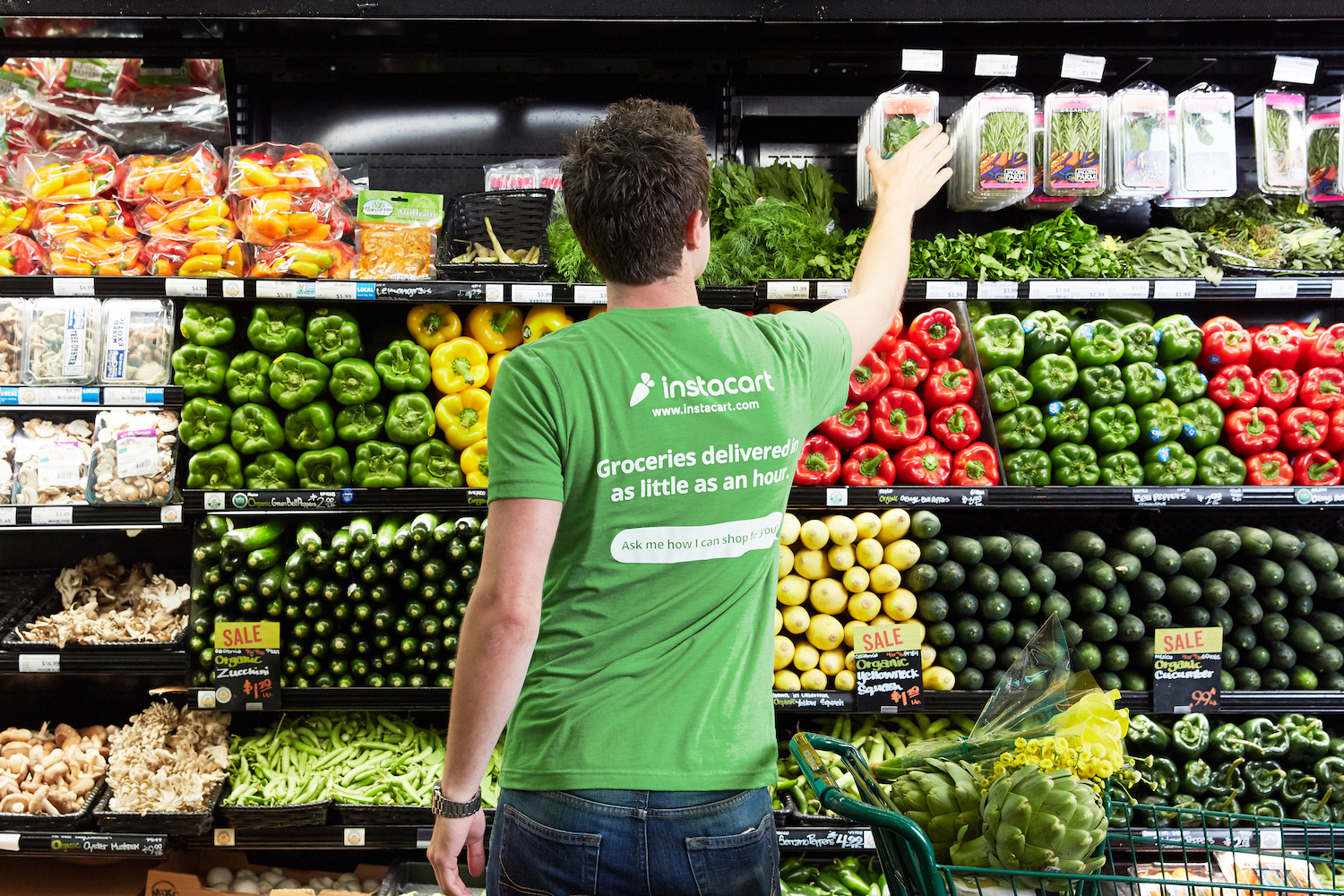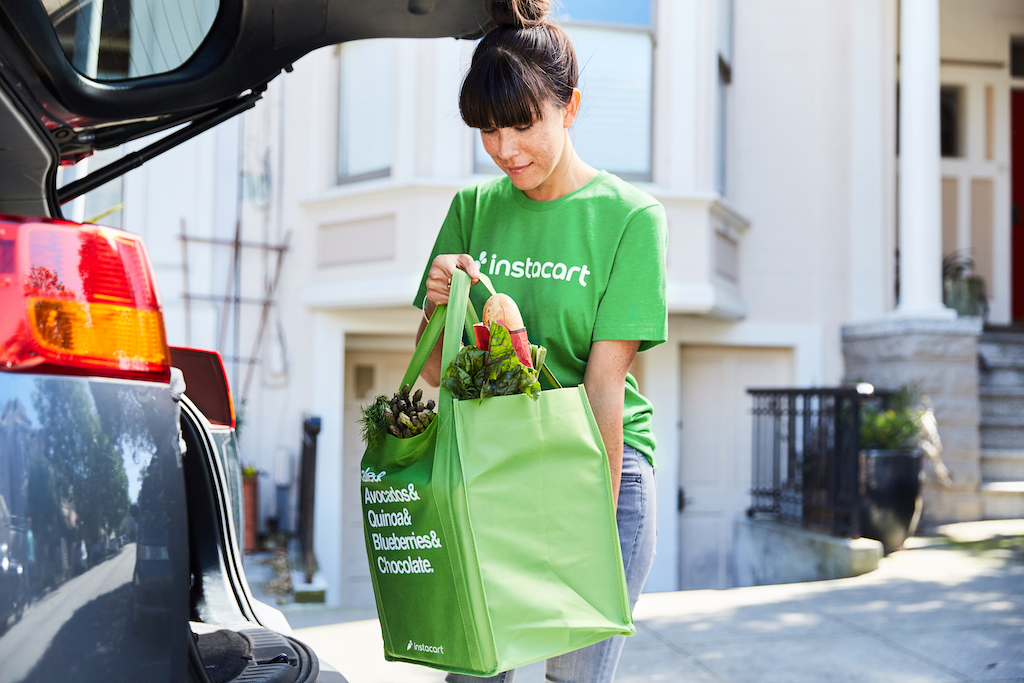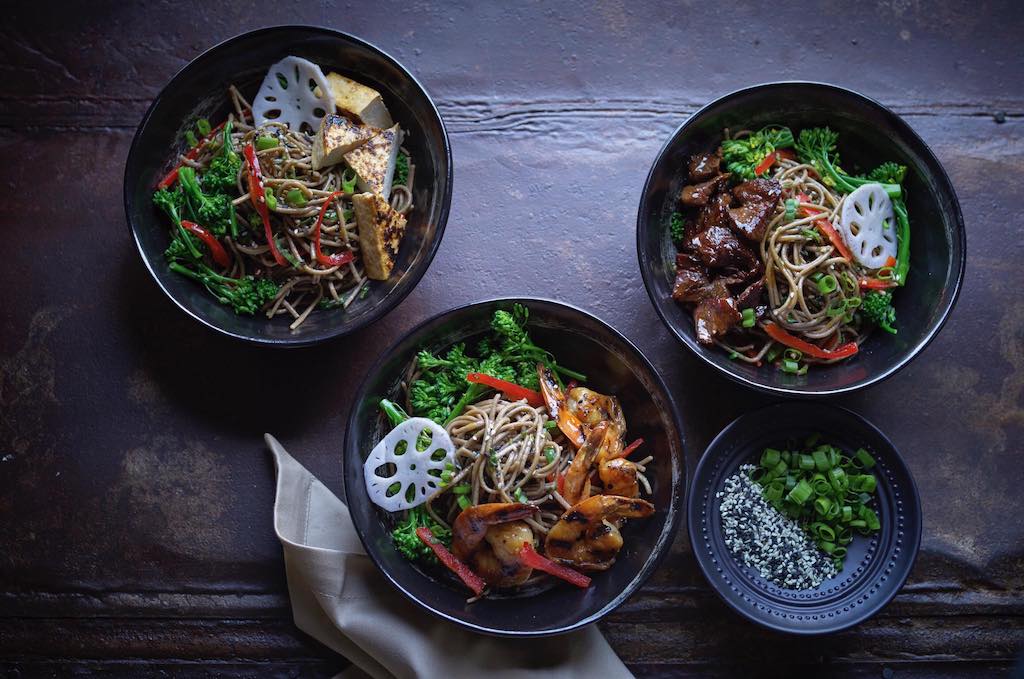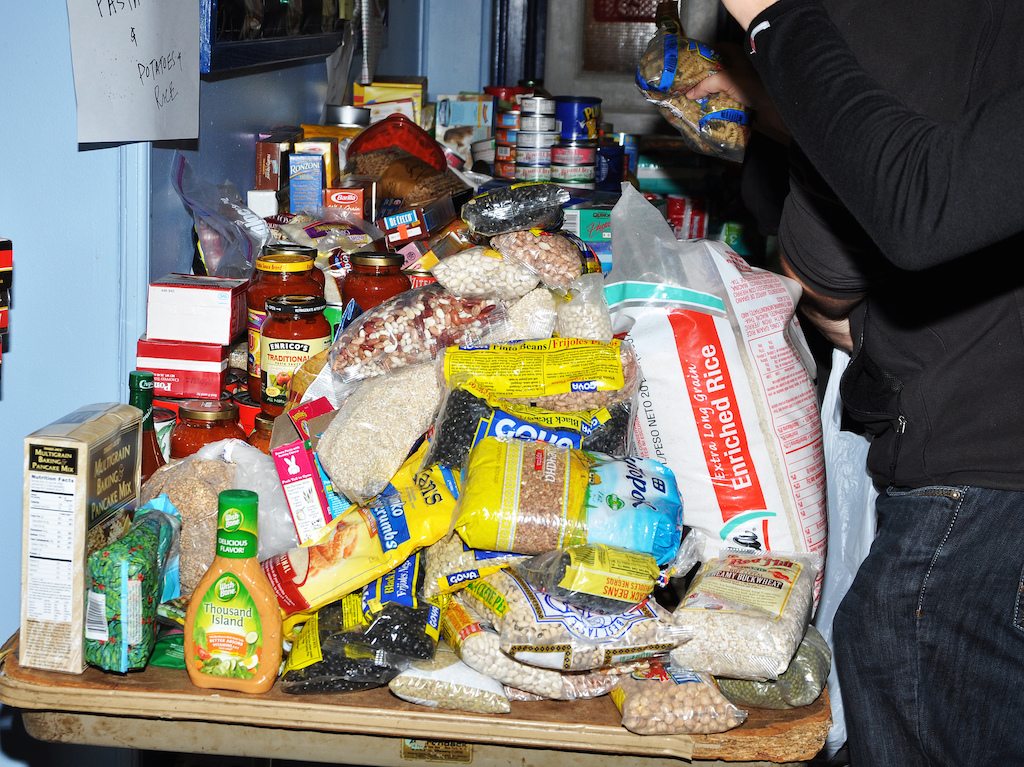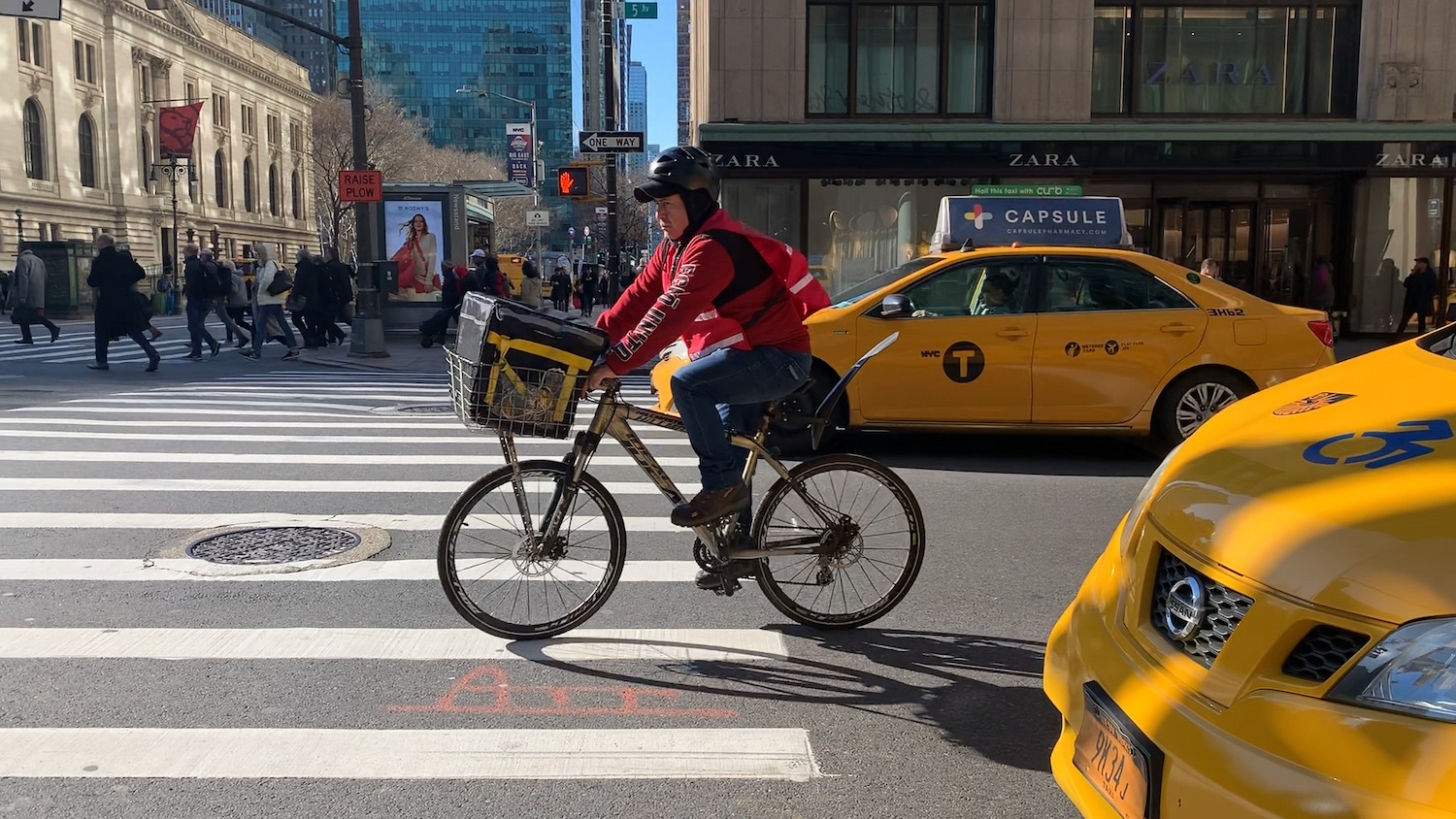
Talia A. Moore
Food delivery and e-commerce companies have seen explosive growth in online sales as Americans try to avoid crowded public spaces.
The coronavirus is spreading. Around the world, more than 93,000 people have been stricken with COVID-19, as the potentially deadly respiratory illness is officially known. And as the U.S. death toll hit 11 people on Wednesday, with over 130 infections reported across many states, the fear of contagion is causing Americans to avoid places like restaurants, supermarkets, and other places where people typically congregate. Evidence suggests shoppers are beginning to stay home in increasing numbers—and that could mean big business for delivery apps.
Several food delivery companies contacted by The Counter said they were experiencing a sudden surge of business. A representative from Instacart, the San Francisco-based grocery delivery company, said sales have grown tenfold over the last 72 hours, with twenty-fold increases in California, Washington, Oregon and New York. The items driving that boom? It’s the stuff of disaster pantries. Searches for hand sanitizer have increased by 23 times this week, along with 12-fold increases for vitamins, 8-fold for powdered milk, and 5-fold for canned goods, according to a company spokesperson.
FreshDirect, which delivers to New York City, Philadelphia, and Washington, D.C. metro areas, is blowing up, too. Orders have increased dramatically and a wave of new customers have signed up, says Scott Crawford, a company executive. Fresh salmon and cod sales are up over 50 percent, along with major boosts in onions, garlic and potatoes—which he says are signs that people are cooking more meals at home.
A rise in app-based ordering may actually increase risk for one group of people: the couriers who deliver that food.
All this bodes well for online grocers, says Neil Stern, a retail consultant at McMillan Doolittle. Amidst reports that shoppers are raiding physical shelves for dried beans, pretzels and oat milk, he says Amazon is having a “huge bump” in orders and warning customers about delivery delays. In South Korea, where the coronavirus is more advanced, his client Emart has seen its online sales go up “triple digits.” He foresees a similar boom if the outbreak continues here.
Then there’s takeout. Analysts are predicting a boom in meal delivery, with fear of catching the virus motivating people to stay home and order in. Tech CEOs are crowing that a fundamental shift in the industry is just weeks away. That’s what happened in China, which spent 20 percent more on food delivery in January than last year, according to NPD Group, a market research company. The firm hasn’t seen any impact of coronavirus in the United States yet, but says foodservice delivery is up 6 percent from a year ago, and a serious outbreak would accelerate the trend.
It’s easy to see why people are turning to home delivery as fear of transmission grows. To stop the virus, which spreads mostly through person-to-person contact, the Centers for Disease Control is encouraging social distancing—a public health euphemism for avoiding mass gatherings. Major corporations and business associations are calling off summits and conventions. Expo West, an annual gathering of food companies pushing new and cutting-edge natural and organic products, is canceled. In general, experts are suggesting that we avoid crowded public spaces.
A DoorDash spokesperson says the company is monitoring the outbreak and sent an in-app push notification to its couriers to heed common hygienic advice.
But a fixation with online ordering may be psychological, not pragmatic. Public health experts contacted by The Counter say getting takeout isn’t necessarily safer for customers than dining at a restaurant. That’s partly because meals still need to be prepared by foodservice workers, even when they’re ordered online—and restaurant kitchens are one potential vector of disease. Since many back-of-house staff don’t enjoy paid sick days or other health benefits, workers are more likely to work when displaying symptoms. (A new report from Cornell University shows that virus infection rates drop in states that require paid sick leave.)
In fact, a rise in app-based ordering may actually increase risk for one group of people: the couriers who deliver that food. Matthew Boyce, a Georgetown global health researcher, says a boom could put drivers at increased risk simply by interacting with more people. The conditions of gig-economy work would exacerbate the problem: Since couriers likely don’t have paid sick leave, they’re disinclined to stop working when they’re ill, and could spread the disease further. Some Chinese companies have tried to fend that off with contactless delivery. After this article published, Instacart contacted The Counter to say it was now giving all customers the option to have groceries left at their doorsteps—a feature its patrons have increasingly demanded.
Meal delivery apps contacted by The Counter, such as Grubhub and DoorDash, said the health of its workers, customers and restaurant partners were priorities. (They did not provide recent sales or delivery numbers and did not comment on anticipated increases.) A DoorDash spokesperson says the company is monitoring the outbreak and sent an in-app push notification to its couriers to heed common hygienic advice. It instructed couriers to wash hands regularly or use alcohol-based hand sanitizer; cover coughs and sneezes with a tissue or elbows; clean vehicles and delivery bags; and stay home if they feel sick. The San Francisco-based company posted a similar message for workers on its website for Caviar, the upscale food delivery service it acquired in 2019. DoorDash does not provide sick leave or health-care benefits for its couriers, who are independent contractors.
But Jennifer Horney, a University of Delaware epidemiologist, says overworked couriers aren’t more likely to contract the virus and spread disease. The interactions—handing over a pizza or kale caesar salad—are too fast, and the contact isn’t close enough, for transmission through “respiratory droplets.” That’s the scientific term for the stuff that comes out in coughs, sneezes, and blown noses, and carries viruses—from the common flu to the corona variety.
The safest thing to do—for yourself and the public—is be hygienic. Wash your hands frequently, cover your coughing and sneezing, and please stop touching your face.

